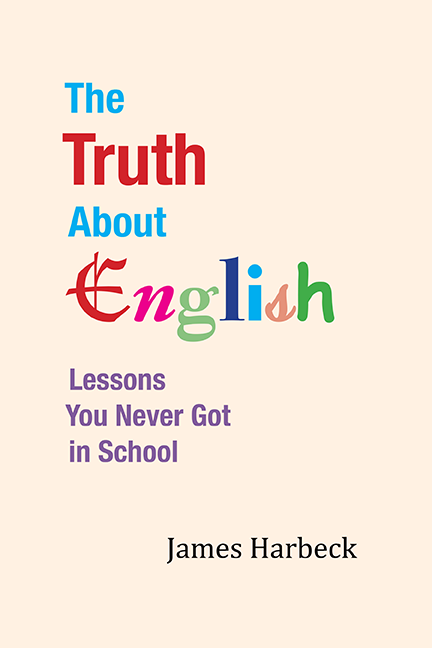Yesterday, @PopeShakey tweeted:
“Swan” is a nice word. “Sea” is a nice word. Why is “Swansea” such an ugly word?
Of course, tastes in words vary; I’m sure not everyone finds Swansea to be so ugly. But the question is still valid: what is it about Swansea that makes it different from simply swan plus sea?
Naturally, if you happen to be familiar with the place – any place with that name, be it the original city in southwest Wales or someplace named after it, such as the southwest Toronto neighbourhood (between High Park and the Humber south of Bloor) – your images of, and attitudes towards, the place will surely colour your taste of the word. But so will the pronunciation of the word – if you’re familiar with it.
You see, Swansea is not made from swan plus sea, nor is it pronounced like it. The s in the middle is said as /z/. This changes the feel of the word quite a bit. It moves the word away from any taste of sea or swan song or perhaps come see to echoes of many things ending with that /zi/ sound, especially with a nasal before it: quinsy, flimsy, pansy, clumsy, mimsy, also queasy, sleazy, frowsy, drowsy, and maybe even donzerly, and it likely allows in some echoes of such things as swinish and smarmy. And of course Swanee, but with that crazy z in it.
Look, too, at the difference in the vocal gesture between this word as a whole and those of its syllables. Swan makes a quick kiss of the air, almost like a fish. Sea (with /s/ or /z/) really is a lazy word; there’s just a little movement of the tongue. But Swansea is like a swan dive of the mouth – or rather the reverse: a sweep first forward and then back. The syllables contrast strongly, the lips pushing forward and round, then pulling back to wide and straight. If you’re just looking at the lips, it’s about the same as if you say “Why?”
So, incidentally: why Swansea? Is it a place where you can see swans on the sea? No – when I said it’s not made from swan plus sea, I didn’t just mean phonetically. Although reanalysis of the second syllable as referring to the sea may have influenced the spelling (Swansea in Wales is indeed on the sea), the place name most likely (though not absolutely certainly) comes from a reference not to the sea but to an island (Old Norse ey), specifically one pertaining to a Norse commander named Sveinn: Sveinns ey. It was a Norse trading post, you see. And where does the name Sveinn come from? Originally “boy” or “lad” or “servant” – yes, cognate with English swain.
@PopeShakey most likely had the Toronto neighbourhood in mind. It gained the name Swansea after the Ontario Bolt Works factory there was bought by James Worthington in 1889; Worthington, originally from Swansea, changed the name of the factory to Swansea Works, and that spread to the environs, which ultimately became a village that was annexed to the City of Toronto in 1967. What was the neighbourhood called before that? Windermere. You know, I’m not that big on wind, and mere is not such a great word, but I’ve always liked the place name Windermere… even if it does come from Old Norse for “Vinandr’s lake”.










